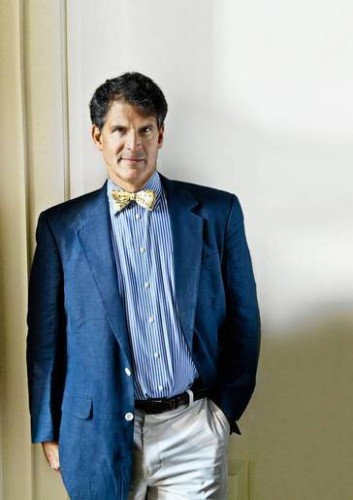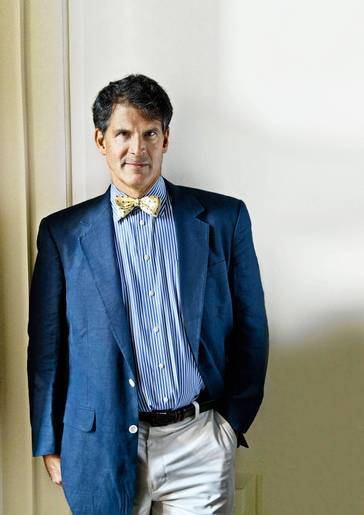
Last year I did a post on GhostTheory about Dr. Eben Alexander. The best selling author of the book “Proof of Heaven” claims to have died and traveled to a place outside of this world, a place he refers to as Heaven.
Dr. Alexander claims to have traveled to Heaven after suffering a Near Death Experience. The neurosurgeon remembers seeing colors he had never seen before. Pink clouds all around him and these peaceful beings the doctor believed to be angels. The skeptical man of science came out of his NDE with different mindset.
He went on to write a bestseller in which he details his amazing journey.
However, there are those who argue that Dr. Alexander’s – as well as countless others – experience wasn’t all that uncommon.
Scientists concede such visions are startling, but that doesn’t mean they’re real. For openers, people don’t have to be “dead” to have them. Miners trapped underground, prisoners of war and hostages have described similar trips to heaven, researchers note.
Another problem: Near-death tales often vary according to a person’s culture and beliefs. For example, American afterlife visitors typically say God sent them back because “it’s not your time yet.” In contrast, India’s near-death survivors are told there was a “clerical error.”
Also, in centuries past, postmortem voyagers frequently went to purgatory or hell, whereas today’s sojourners ascend to a decidedly nonjudgmental heaven, according to author Carol Zaleski’s “Otherworld Journeys,” a comparison of modern and ancient near-death accounts. —LA Times
Many of those who have had an NDE have reported similar visions and feelings. Euphoric feelings combined with a sense of security, warmth, and peace. There have been reports of encounters with humanoid beings (Angels?) as well as visits from those relatives who have passed on.
Alexander insists such rationales don’t apply in his case. He says his near-death vision happened while his neocortex was completely shut down by a deadly case of meningoencephalitis, a real-life version of the fictional bug that wiped out millions in the movie “Contagion.”
That means it was impossible for his brain to have created the things he saw and heard, Alexander says. In a coma for one week and given a 3% chance of survival as bacteria gnawed on his cortex, Alexander found himself in a psychedelic realm dotted with pink clouds, where he rode a giant butterfly, listened to the singing of silver beings and absorbed “explosions of light, color, love and beauty,” he says. Trying to describe heaven, he adds, is like being a chimpanzee who turns human for a day, then attempts to relay the experience to other apes. Words fail.
Mark Tuszynski, a practicing neurologist and professor of neurosciences at UC San Diego, doesn’t buy Alexander’s claim that his cortex was totally shut down and his brain cells too damaged to produce the detailed visions described in “Proof of Heaven.” The fact that Alexander recovered fully, with no lasting neurological problems, indicates his brain still had enough power during the coma to cause “a dreamlike state,” Tuszynski says. “If function had been lost, recovery would not have occurred.”
Siegel, the hallucination expert, agrees. If Alexander’s cortex had truly flat-lined, he wouldn’t even be able to remember any near-death visions, he says. —LA Times
Could all these be explained by the cocktail of chemicals that are dumped into our blood stream as we begin the process of dying? Dimethyltryptamine is said to be one of these chemicals. A powerful hallucinogenic that has become a popular street drug in recent years. It gives the user a visual rush, which includes euphoria, visual hallucinations, and the overall feeling of well-being. Dimethyltryptamine (DMT) users have described transcending into another plane of existence in where intelligent beings are there to guide them through the one hour spiritual journey.
For those who have had the misfortune of having an NDE, and those who have had the daring experience of DMT, one thing remains certain: There exists something far greater than our eyes can see and it’s all around us.
5 comments




